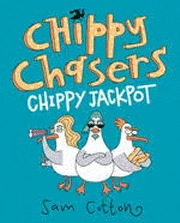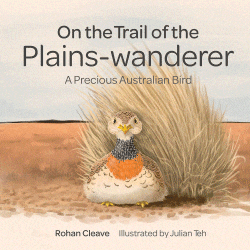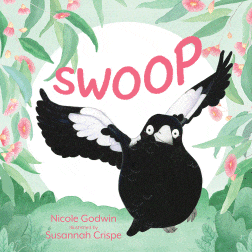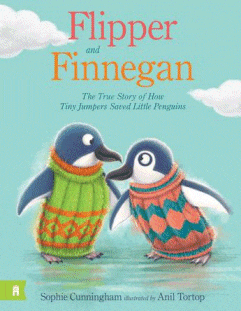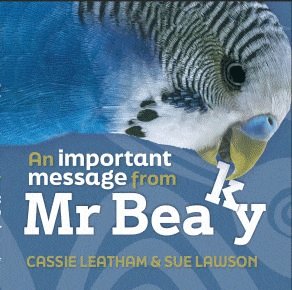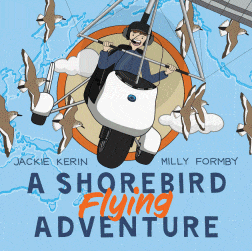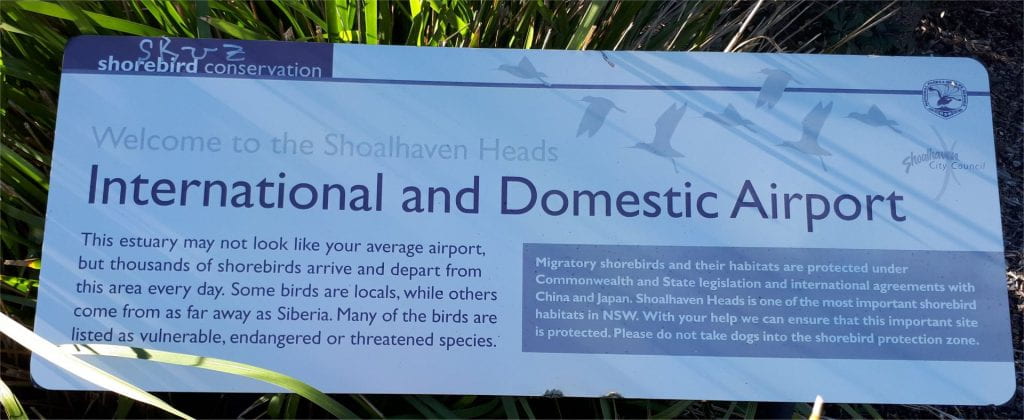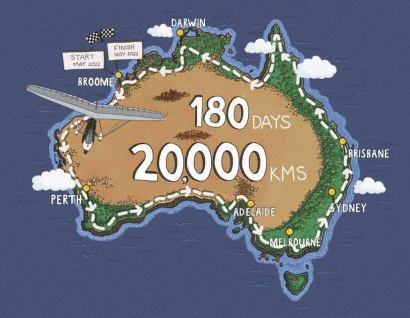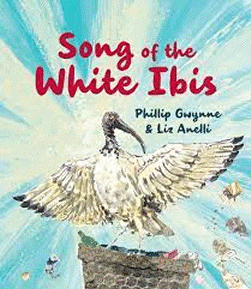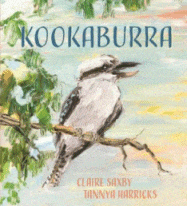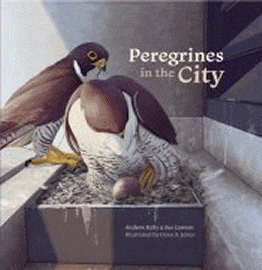
Peregrines in the City
Peregrines in the City
Andrew Kelly & Sue Lawson
Dean A. Jones
Wild Dog, 2022
32pp., pbk., RRP $A24.99
9781742036519
Since 1991, from August to November, a pair of peregrine falcons has nested on the ledges of the building at 367 Collins Street, Melbourne, the current pair have been there since 2017.
In this new release, the story of one couple is told from the time they prepare their nest, lay and incubate their eggs, and care for the eyases until their first flight. With stunning, accurate illustrations that are like photographs, it describes how these birds have adapted to life in the ever-growing city as it encroaches on to the wild countryside. While it uses easily accessible text for young readers, it also respects their intelligence by using the correct terminology such as “tiercel” (male) and ‘eyas’ (a baby that has not yet flown) as well as other phrases that acknowledge that these are raptors, birds of prey, and there is a life cycle being carried out.
Comprehensive teachers’ notes designed to help students understand what is happening are linked to a YouTube channel, but even better is a YouTube search for “367 Collins falcons 2022” which brings up live videos of the current pair with their nest of four eggs, which includes a live stream. There are four eggs this season, laid on August 30 so due to hatch in mid-October.
The timing of the release of this book is perfect for young readers to be introduced to a species that often fascinates them because of the bird being a raptor and the fastest in the world, and with both print and video, it is a perfect way of showing what is happening as it happens while offering the extra information that static print can provide. As you watch a train pass below the Yarra River far below, the female is carefully snuggling in to ensure all four eggs are protected and warm, oblivious to it being Grand Final Day … A real case of “watch this space”!
